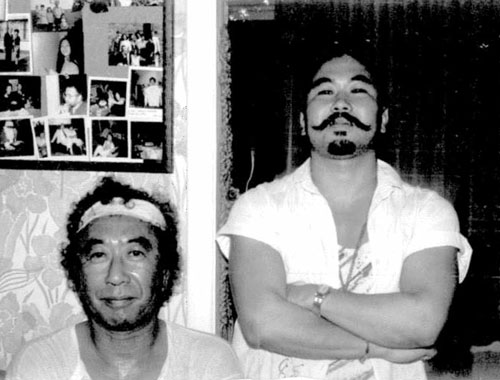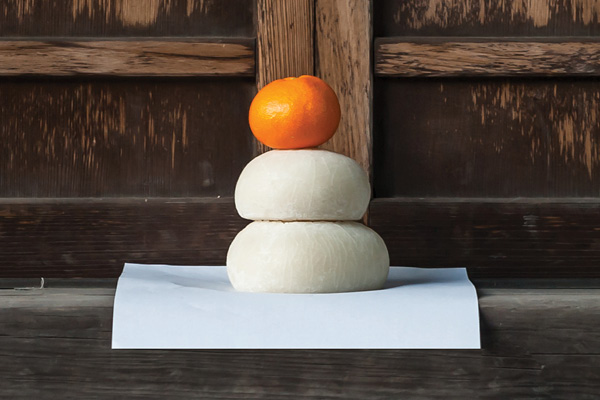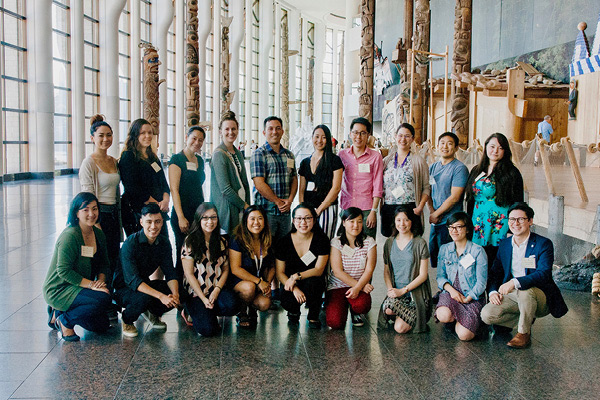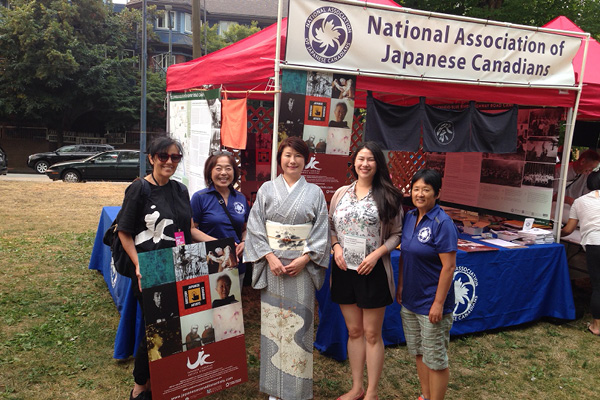
Photo credit: Gina Czibere
by David Fujino
When I first met Gene Machida in the late 1970’s in Toronto, I found him to be a quietly intense presence — and a real hoot. Unlike most artists — I mean among the painters, sculptors, sketchers, watercolourists, photographers, conceptualists, the potters and ceramicists, graphic and textile designers, installation artists, industrial designers, and the various mixed media folks I’ve met through the years — Gene doesn’t talk much about his career nor the business side of an artist’s life. Gene firmly believes in getting a job and paying the rent. And he clearly believes in attaining broad personal freedom through the making of one’s art, so when Machida invites you to see his recent artworks — he works in more than one medium in an easy unaffected drawing style — he’s inviting you to do more than gaze at pictures on a wall; he’s also inviting you to sit on his re-painted chairs at his newly painted kitchen table to share a meal, enjoy some wine and socialize and talk about art and closely related pleasantries. I imagine I’m sitting amidst an environment of Mexican folk art and the creations of Frieda Kahlo, Hunderwasser and Keith Haring, where everything becomes art. In Gene Tsutao Machida’s world — an organic and changing world with its steady undergrowth of erotica, one recalls Japan’s celebrated ukiyo-e prints (shunga) that are rampant with the imagery of Yoshiwara intimate encounters, for Machida is presently carving out of jade — that hard and enduring stone — his own dildos and rings. Born in the wilds of Etobicoke (Toronto), Gene Tsutao Machida will likely tell you he was born an artist. I can tell you that it’s never dull around Studio Machida. The following interview took place at Machida’s downtown Toronto home and studio. A bottle of Beaujolais was involved, too.
“I’m paying homage to all the things that I love.” (Gene Tsutao Machida)
Let’s talk about some artists who interest you today.
I am going to revisit Brueghel and his morality illuminations. I’ve found him to be a kindred spirit.
What kind of a student were you in school?
I lied, telling principals I had diarrhea from too much spicy food the night before … so I could go into the woods to paint …
Is anyone else artistic in your family?
Yes, I believe it’s my mother in writing and painting and gardening. From my father’s side come my musical interests.
Should Canadian governments — provincial, federal, and municipal — financially support art and artists? They do in places like Berlin and Holland.
I think people who love and respect art should enjoy and support art … I think this is a good question. Such institutions have particular histories and reasons for enjoying their present supportive positions.
Have you ever wanted to teach art?
Yes, I have taught and spoken. I enjoy a more Jungian approach …
What made you decide to do art as a way of life? … For our younger readers, can you talk about a career in art?
Make, or create what you love, because if no one else finds meaning in your work, you at least have the thing you have loved in your life …
Erotica plays a special part in your varied art production. Can you talk a bit about this?
To me, erotica is all about DNA tracing the authenticity of works created …
Have your parents been supportive of your choices?
Yes, very much so … my mother and siblings have been very supportive of me …
Do you think you’re talented?
I’m always caught in this misunderstanding: people feel I am talented — and I feel that I am not; it’s very simple …
Are you still representing yourself, or do you have an Agent to represent, show, and sell your art?
I am representing myself, but I’d like to put out a ‘shout out’ to anyone who might be interested in getting my art ‘out there’ …
Have you ever wanted to pursue any other career?
Yes, shoemaker, cook, tailor — anything that grabs my imagination …
Why do you keep doing art?
O.C.D. /DNA > There’s an element of hopefulness in this calling …
Is there a future for Japanese Canadian art?
There is … especially for the upcoming generations, who will need to express themselves in their various mediums. It is with great anticipation that we’ll see what we might manifest in the future …




I have had the luxury of visiting Tsutao’s studio several times , and it is , too say the least , intriguing. There is always another project on the go , or a different arrangement of paintings , carvings , leather works , wood sculptures… a most colourful gallery . Tsutao , is a chameleon , just like his ever changing studio , every visit reveals more passionate , sensitive colour and a genuine uniqueness to creativity.